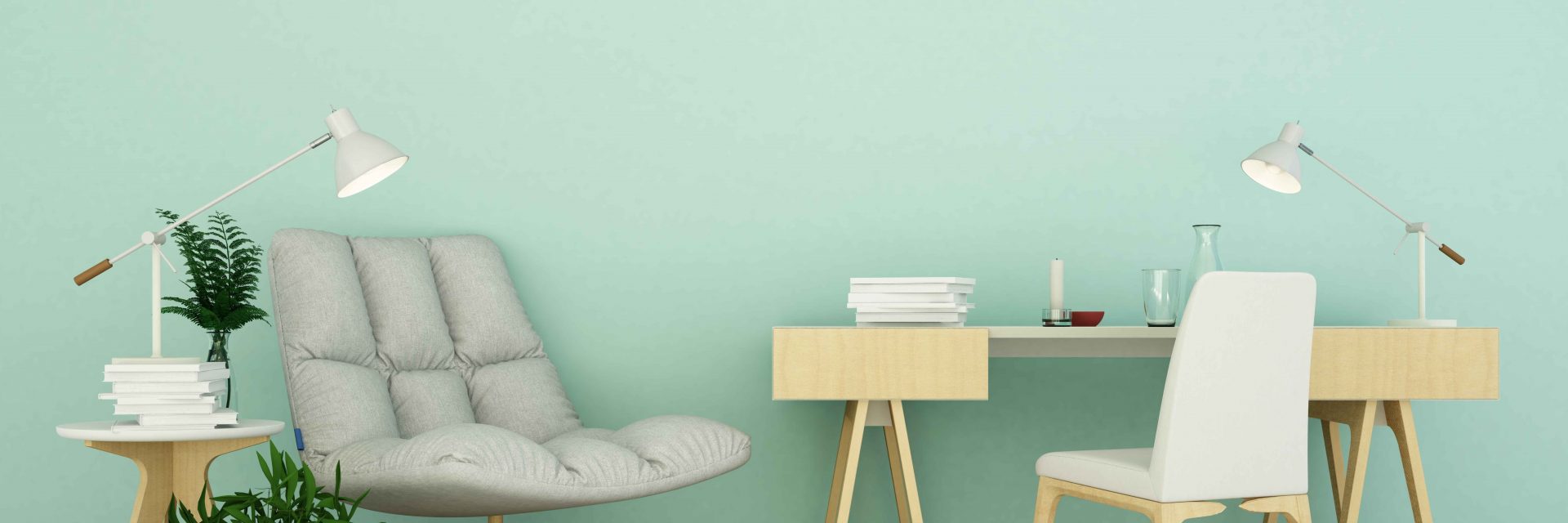Understand How Seasonal Problems Affect The Success Of Industrial External Paint And Learn The Suitable Periods To Assure Durable Outcomes For Your Job
Understand How Seasonal Problems Affect The Success Of Industrial External Paint And Learn The Suitable Periods To Assure Durable Outcomes For Your Job
Blog Article
Material Writer-Burnham Browne
When you're preparing a commercial outside paint job, seasonal elements can make or break your results. You'll want to consider exactly how temperature and humidity impact paint application and drying out times. Selecting Read the Full Document can guarantee your paint adheres appropriately and lasts much longer. But which seasons are truly the very best for this type of job? Allow's discover the crucial elements that can impact your job's success.
The Influence of Temperature on Paint Application
When you're intending a commercial external painting project, the temperature can considerably affect exactly how well the paint adheres and dries.
Ideally, you intend to paint when temperatures vary in between 50 ° F and 85 ° F. If it's as well cool, the paint might not treat appropriately, causing problems like peeling off or fracturing.
On the flip side, if it's as well hot, the paint can dry as well quickly, avoiding correct bond and resulting in an unequal finish.
You ought to also take into consideration the moment of day; early morning or late afternoon uses cooler temperatures, which can be much more beneficial.
Always examine the producer's recommendations for the certain paint you're utilizing, as they often provide assistance on the excellent temperature array for optimum outcomes.
Moisture and Its Impact on Drying Times
Temperature isn't the only environmental variable that influences your industrial exterior painting job; moisture plays a considerable role too. High humidity levels can reduce drying times significantly, impacting the general quality of your paint job.
When the air is saturated with dampness, the paint takes longer to cure, which can result in problems like poor bond and a higher risk of mildew growth. If you're repainting on a particularly damp day, be planned for extended wait times in between coats.
It's essential to check regional climate condition and plan accordingly. Preferably, aim for moisture degrees in between 40% and 70% for optimal drying.
Keeping these consider mind guarantees your task stays on track and provides a lasting surface.
Best Seasons for Commercial Exterior Painting Projects
What's the most effective season for your industrial exterior paint tasks?
Spring and very early autumn are usually your best bets. During these seasons, temperature levels are mild, and moisture levels are typically reduced, creating optimal conditions for paint application and drying.
Stay clear of summer season's intense heat, which can trigger paint to dry too rapidly, leading to poor attachment and surface. Likewise, winter's cool temperature levels can prevent appropriate drying and healing, running the risk of the durability of your paint task.
Aim for days with temperatures between 50 ° F and 85 ° F for optimum outcomes. Keep in mind to check the neighborhood weather forecast for rainfall, as damp problems can ruin your project.
Planning around these factors ensures your painting task runs efficiently and lasts much longer.
Verdict
To conclude, intending your commercial external painting jobs around seasonal factors to consider can make a considerable distinction in the result. By organizing visit the up coming article during the perfect temperature levels and humidity degrees, you'll ensure better adhesion and drying times. Keep in mind to watch on regional weather forecasts and pick the right time of year-- springtime and early autumn are your best bets. Taking these steps will assist you accomplish a durable and specialist surface that lasts.
